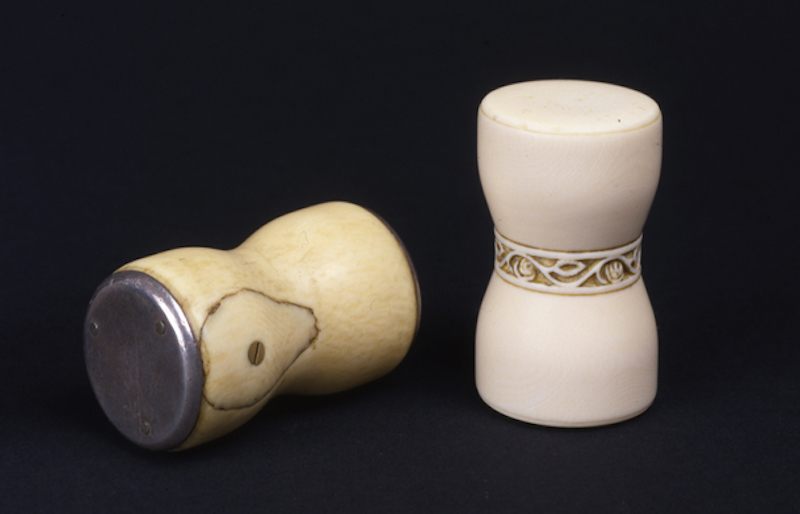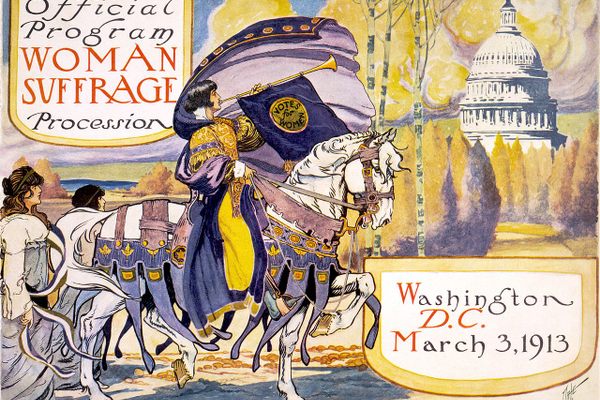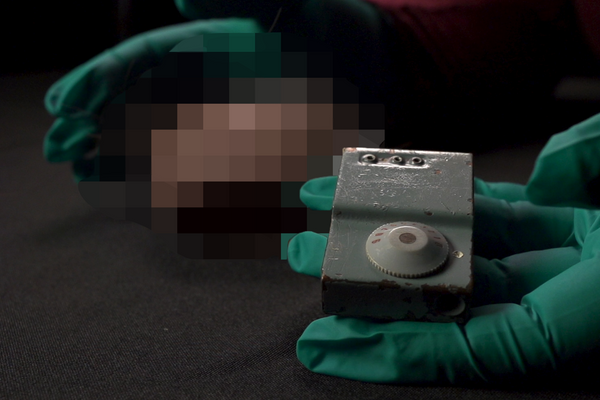The U.S. Senate Has Been Using the Same Ivory Gavels for Over 200 Years
They only got a second one after Nixon broke the first.

When things get unruly in a courtroom, the judge can grab his gavel and start hammering on the podium to get everyone’s attention and restore order. It’s not so terribly different in the United States Senate, where they’ve been using the same ivory gavels in their attempts to bring order for over 200 years.
The U.S. Senate has a number of hidden traditions (we see you, candy desk) and historic artifacts that have been in use for generations, but perhaps none symbolizes the body’s adherence to its own past more than the senate gavels. While the Speaker of the U.S. House of Representatives generally uses a traditional mallet-style gavel, often comically over-sized and prone to breaking, the leaders of the Senate floor have only ever used one of two hourglass-shaped mauls since the assembly began in the 1700s.
No one is quite sure of the exact origins of the first Senate gavel. “Many of the tools that the Senate uses have long been considered just that. Tools of the legislative process,” says Melinda Smith, current Curator of the United States Senate. “At the time that they were acquired, nobody ever thought that they would be such prized possessions or that there would be such intrigue to them. We haven’t yet found that golden nugget of information. We have a lot of leads, but none of them are on a record.” Smith adds that traditionally it’s believed that the original ivory gavel, or one just like it, has been used since the Senate’s first meeting in 1789.


The original gavel, which measures two-and-a-half inches tall, was used through the 19th century and well into the 20th century. According to the Senate website, the old ivory nub had begun to fall apart by the 1940s, after over a century of use. Then in 1952, the original gavel was reinforced with silver plates affixed to both ends. But even with the extra support, the gavel was in trouble.
Just two years after the silver pieces were added, it finally broke for good. It was during a late-night debate on whether or not to allow the commercial use of nuclear power. Then-Vice President Richard Nixon took hold of the gavel to call the room to order. Slamming it down, a large chunk of the ivory hammer chipped off, although the breakage likely had more to do with wear and age than any over-exuberance on Nixon’s part. “He just happened to be the person who was holding it,” says Smith. “It could have been anybody.”
In an attempt to salvage the historic gavel, the broken chunk was screwed back on, but the gavel was no longer fit for government work, and the hunt for a replacement began. According to a New York Times article from 1982, it was Nixon himself who went searching for a suitable piece of ivory that could replace the one that had broken in his hand. After a few (no doubt unruly) gavel-less months, the Vice President of India, Sarvepalli Radhakrishnan, presented the assembly with a replacement ivory gavel that looked nearly identical to the original save for a decorative floral collar etched around the pinched middle. He said that he hoped it would lead to debate “with freedom from passion and prejudice.”
Both gavels are kept together in a velvet-lined mahogany box that is brought out of its protected storage spot every day that the Senate is in session. “The pages are responsible for carrying them from their secure overnight location to the Senate chamber,” says Smith. The gavel box is placed on the leader’s rostrum, both a museum piece and an actively used tool.
The 1954 gavel is still the knocker that is used today to quiet arguing politicians, and it seems like it will continue to be used well into the future. “It certainly has shown wear by being handled and used, that’s part of its allure and its significance,” says Smith. “But it has not shown any evidence of failure or cracking.” No doubt at least some members of the Senate, over the course of its long history, have wished the same could be said about the legislative process.
Correction 10/30/2017: Previously the Senate Curator was listed as Miranda Smith. This has been corrected to Melinda Smith.















Follow us on Twitter to get the latest on the world's hidden wonders.
Like us on Facebook to get the latest on the world's hidden wonders.
Follow us on Twitter Like us on Facebook